
On 11 March 2020, the World Health Organisation raised the alarm level linked to the spread of the new coronavirus SARS-CoV 2, bringing it to the pandemic level. An event, that of the worldwide spread of the virus, which immediately placed the responsibility for rapid responses in the hands of science. And while the scientific community, due to its make-up, is able to coordinate itself very quickly to achieve a shared objective, on this occasion it also showed a versatility that was far from given, establishing cooperation and procedural paradigms that will change the way it moves forward in the short and long term future. When faced with the emergency, even scientific sectors for which life sciences are not their primary mission, have been able to focus their resources. They have made their skills and technologies available to society and established themselves as promoters of research and development initiatives to support the fight against the pandemic and to limit its impact on the health system. Like many other research bodies, as well as coordinating the internal emergency, through a special crisis committee, INFN has also developed several public utility initiatives to support medical research and the implementation of medical devices for treating the disease and limiting its spread. The INFN initiatives in this field range from the offer for huge computing resources to drug research, to the analysis of air-borne virus and bacteria, the design of medical devices for assisted breathing and the sterilisation, the analysis of materials for anti-infection masks, or the monitoring of the data on the virus spread. We asked Diego Bettoni, a member of INFN’s Executive Committee, to outline the path that, in a very short time, led to the creation of INFN projects to support the battle against the pandemic.
INFN works mainly on particle, nuclear, theoretical, and astroparticle physics, and on the applications of innovations developed in these sectors to public utility. How does the battle against the pandemic that is underway fit into this context?
Fundamental research requires the construction of complex experimental apparatuses consisting of sophisticated detectors with very high performance both in terms of sensitivity and precision. It is therefore essential, for the realization of our experiments, to develop innovative technologies, which then find their natural application also to other disciplines, ...
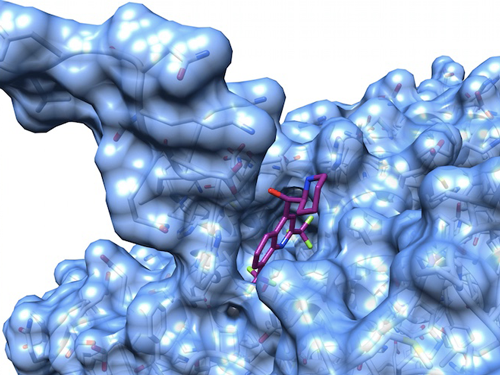
Sibylla Biotech, spin-off of INFN and of the Universities of Trento and Perugia, published on ArXiv the first results of the biomolecular simulations launched in March thanks to the 30,000 computing units made available by INFN. The study, carried out in collaboration with INFN, reports the identification of two targets, hitherto unknown, for the design of drugs: two binding pockets in the intermediate folding structures of ACE2, a protein normally found on the surface of lung ...
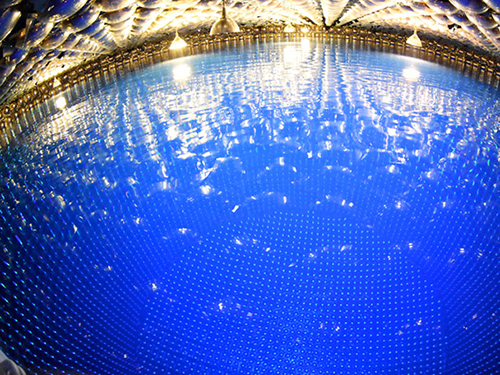
The T2K (Tokai to Kamioka) scientific collaboration, which has been studying phenomena connected to neutrino oscillations for more than ten years, has published a study on Nature. This research provides increasingly convincing indications of the existence of a difference in the behaviour of neutrinos and their antiparticles (the antineutrinos). The new results show that the oscillation phenomenon, with which neutrinos “transform” into neutrinos of another kind, takes place with ...
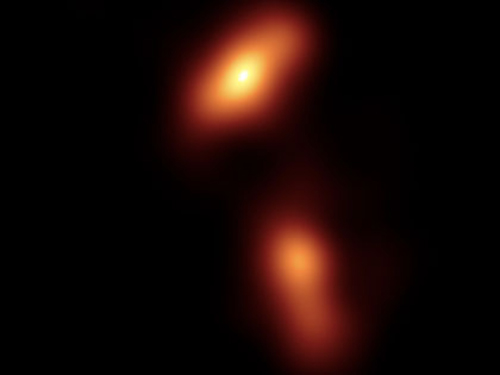
The Event Horizon Telescope (EHT) collaboration, which made the famous first image of a black hole, has gone to the heart of the quasar 3C 279, capturing a relativistic jet for the first time. The jet probably originated from nearby a supermassive black hole. The results have been published on the 7 April issue of Astronomy and Astrophysics. The technique that the EHT used, called very-long-baseline interferometry (VLBI), has facilitated the study of the jet’s morphology close to ...
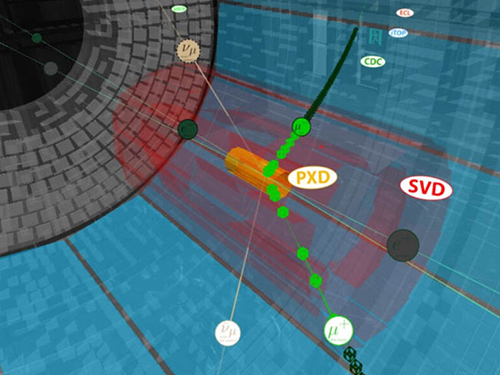
A portal, a transition point between ordinary matter and dark matter: this could be what Z’, a hypothetical boson-type particle, represents. The Belle II international collaboration, in which INFN also participates, is looking for the Z’ particle in collisions between electrons and positrons in the SuperKEKB accelerator, in the KEK laboratory, in Tsukuba, Japan. The scientists of Belle II have finished analysing the data collected in the 2018 collisions, and on 6 April published their research in Physical Review Letters (PRL) ...
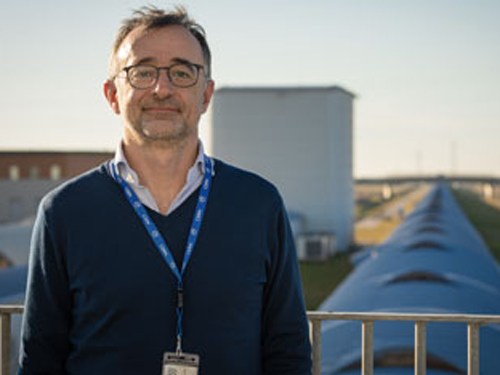
From 1 May, the physicist Giovanni Losurdo will lead the international scientific collaboration of the Virgo experiment, the gravitational wave detector installed at EGO, the European Gravitational Observatory in Cascina, near Pisa. Losurdo, INFN’s research director with the Pisa Division, has been working on the Virgo experiment since the 1990s. Between 2009 and 2017, he was the Project Leader of Advanced Virgo, the Virgo detector enhancement programme that, in August 2017, made ...
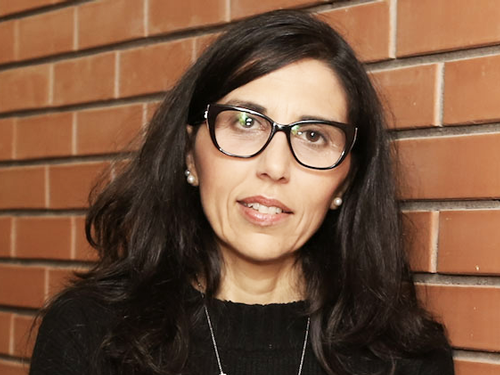
Mariafelicia De Laurentis, Professor of Astronomy and Astrophysics at the University of Naples Federico II and researcher with INFN, has been nominated to the Science Council of the Event Horizon Telescope (EHT). The EHT Science Council, which is composed of 14 international experts, is the “core” of the collaboration: it outlines the research strategies, decides on future observations and the development of various scientific activities. Within this body, De Laurentis will ...
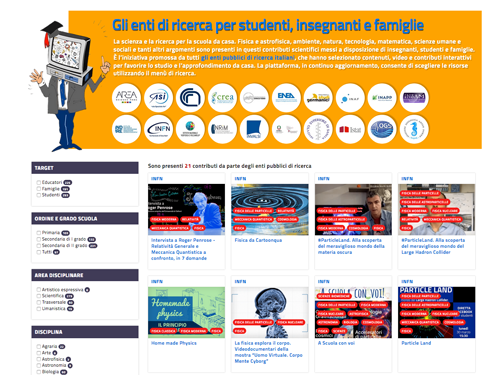 RESEARCH ORGANISATIONS
FOR SCHOOL
RESEARCH ORGANISATIONS
FOR SCHOOL
Contributing to distance teaching with high-level, in-depth content produced by Italian research communities: this is one of the objectives of the Council of Presidents of Public Research Bodies (ConPER). The Council has hence decided to offer schools - today reorganised via distance teaching due to the COVID-19 crisis - the vast library of video materials, documentaries, video-lessons, virtual visits, interactive materials, and social initiatives produced by the Research Bodies to inform students, teachers and families about research subjects and methods in Italy. The meeting place is the platform “Research bodies for students, teachers and families”, which was specially set-up by the National Institute for Documentation, Innovation and Educational Research (INDIRE). Here, all the material was gathered and indexed in a very short time, being organised by themes, tags, and participating institutes. Continuously updated, the catalogue is not just a teaching and learning tool, but also a spur to become familiarised with less well-known research fields. INFN has responded to the initiative by making available not only the documentaries and archive recordings made at numerous Public Engagement initiatives produced over the years, such as public exhibitions and events, but also by presenting the new material has been developed precisely to support the distance teaching the state of emergency has enforced. Gravitational waves, antimatter, dark matter, and Higgs boson are some of the characters of the content offered by INFN; there are also cartoons and educational shows for children. ...
The T2K (Tokai to Kamioka) experiment's detector Super-Kamiokande
INFN - COMMUNICATIONS OFFICE
comunicazione@presid.infn.it
+39 06 6868162
Coordination:
Francesca Scianitti
Project and contents:
Eleonora Cossi, Francesca Mazzotta, Francesca Scianitti, Antonella Varaschin
Graphic design:
Francesca Cuicchio
Translation
ALLtrad
ICT service:
Servizio Infrastrutture e Servizi Informatici Nazionali INFN